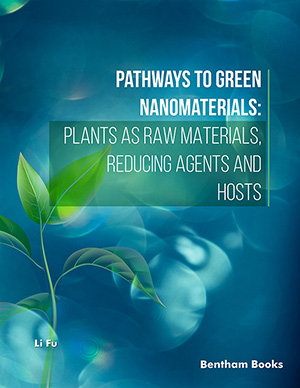Abstract
Anodizing of aluminum and its alloys is widely investigated and used for corrosion protection, electronic devices, and micro-/nanostructure fabrication. Anodizing of aluminum in acidic solutions causes formation of porous aluminum oxide films, which consists of numerous hexagonal cells perpendicular to the aluminum substrate, and each cell has nanoscale pores at its center. Recently, highly ordered porous aluminum oxide has been widely investigated for various novel nanoapplications. In this review article, we introduce the fundamentals of anodic oxide films including barrier and porous oxides. Then, we summarize the electrolyte species used so far for porous oxide fabrication and describe the self-ordering conditions during anodizing in these electrolyte solutions. Fabrication of highly ordered porous oxides through the vertical section can be achieved by a two-step anodizing and nanoimprint technique. Various nanoapplications based on the ordered porous oxide are also introduced.
Keywords: Aluminum, anodic oxide film, anodizing, electrolyte, porous aluminum oxide, self-ordering.




























